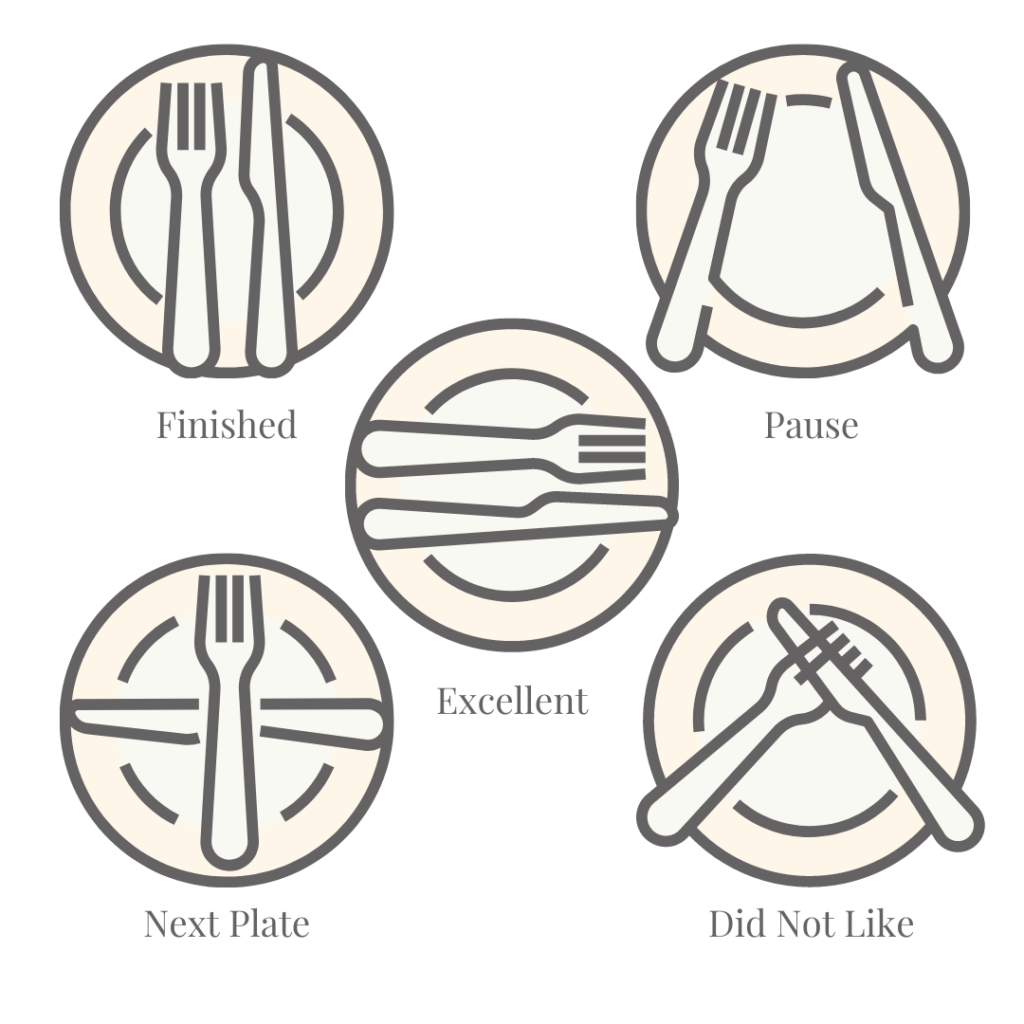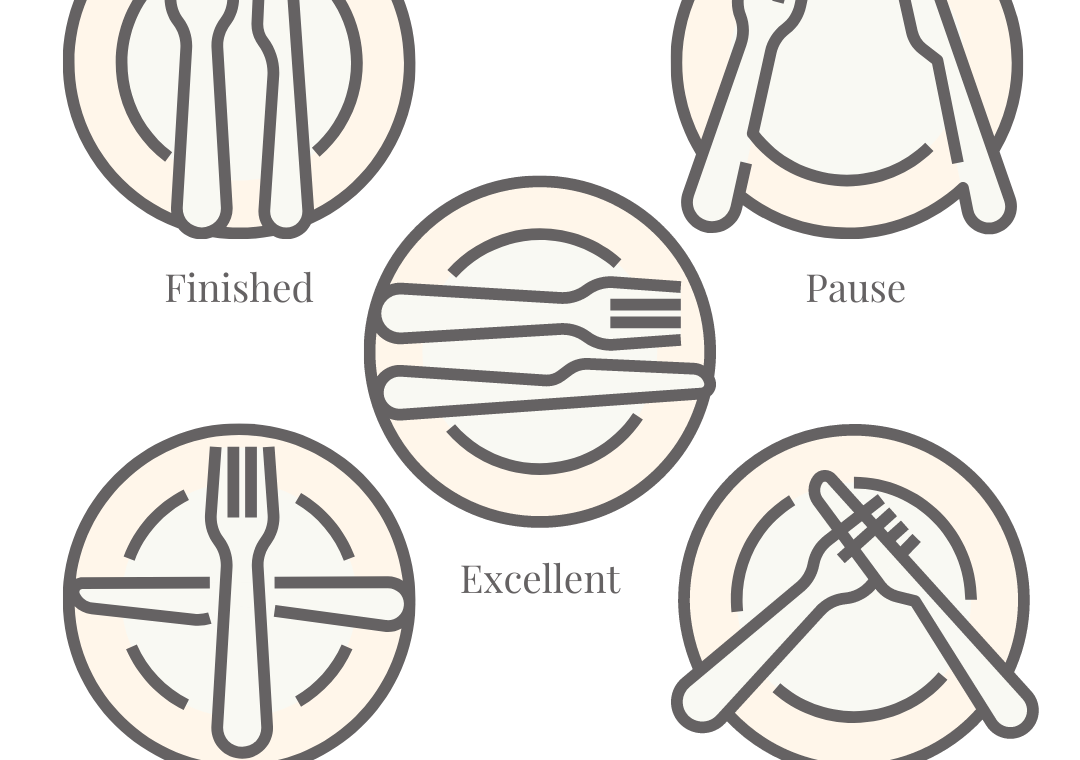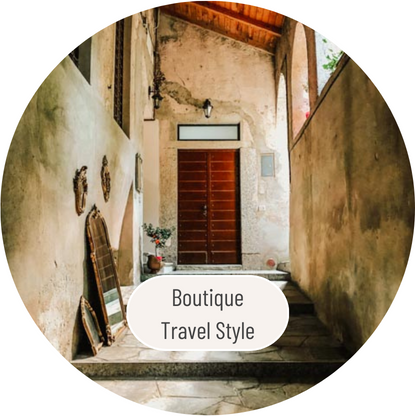
Michelin History
The Michelin brothers founded the Michelin tire company in France in 1889. In order to promote their company to motorists, they developed and shared a guide of relevant information for travellers interested in nearby gas stations, restaurants and hotels. They called it the ‘Michelin Guide’.
Soon, the brothers noticed an increased appreciation for the restaurant section of the Michelin Guide and began to recruit anonymous inspectors for the Michelin ranking system.
The Michelin Guide has sold over 30 million copies worldwide and continues to be an exceptional award to all restaurants.
Michelin Stars
Today, a restaurant can receive zero to three Michelin Stars, three being the highest award. Michelin Inspectors will rank the restaurant on 5 key elements:
- Quality of Food
- Flavour & Technique
- Personality of the Chef throughout the cuisine
- Harmonious Flavour throughout the dining experience
- Consistency between Inspectors’ visits.
To receive a Michelin Star or Stars is the most prestigious award for a chef and acknowledgment for the restaurant. A Michelin Star is not awarded by a single inspection. It will take a repeated number of different inspections in order to receive the award. Multiple Inspections are needed to confirm the quality of food is the highest and best consistency for all guests and travelers.
Current Michelin Stars Awarded Around the World
- 1 Michelin Star – 2,290 restaurants
- 2 Michelin Stars – 414 restaurants
- 3 Michelin Stars – 113 restaurants
Tasting Menu
The tasting menu is designed by the chef and can range from 5 to 12 courses. It is normal for the tasting menu to change throughout the year as it aligns with the highest quality foods of the season (which is important in the Michelin ranking system).
If you are dining with a group, it is not unusual for the restaurant to require all guests order from the Tasting Menu, so there is not a divide between the Tasting Menu and Ala Carte Menu.
I have also seen Michelin restaurants offer a Tasting Menu in which the Chef chooses your courses rather than a set menu. This is usually a selection on the menu as “Chef’s Tasting Selection”. If you choose this option, be sure you are familiar with all the foods from this selection, as you will not know what you receive until it is delivered to your table.
The Service
Explanation
Each course is presented by a knowledgeable and highly trained staff. After revealing the food the server will explain the plate in front of you and will mention any flavors, textures, or bites to look for.
If the dish is more complex or intricate, they will explain how it is to be eaten. If the dish looks more fun or with a clear representation of the chef’s personality, the server may explain the chef’s vision for the plate.
It is normal for the service to ask you frequently if everything is okay. They are very attentive and alert to any dissatisfaction, so consider them the communication between you and the chef. In that regard, they also appreciate hearing how much you liked it as well! (See Table Etiquette below).
It is important to be aware of the planning and details that go on behind the scenes at Michelin restaurants. Nearly everything from where you are seated, to the scheduling of plates, presentation, and wine, has been intentionally synchronized for the ultimate dining experience.
Enjoy your time at a Michelin restaurant, as everything is carefully thought through.
If You Need Something, Ask For It!
If you ever have a question regarding the food, how to eat it, where it was from, etc., do not hesitate to ask your server!
And that goes for everything. Anything you need, don’t wait to ask for it. Whether you would like more of something (be prepared to pay for additional add ons), or you would feel more comfortable in another spot, be sure to ask first.
This also includes using the restroom. Ask your server to excuse you if you need to leave the table. Do not just leave for the restroom, they will happily escort you. I highly recommend checking out the restroom at some point, as they are usually really nice.

The Courses
Wine Pairing
Should you opt for the Tasting Menu with Wine Pairings, you will receive wine carefully selected by a trained sommelier, to bring out the best flavors of each plate.
Depending on the number of courses in your tasting, you can receive a full to less than a full glass. The pairings never cease to surprise me in its compatibility with the food.
If you find a wine you enjoy, you can usually purchase the bottle at the end of the dining experience. If for some reason you are not able to purchase the bottle from the restaurant, be sure to ask the sommelier where you can find the wine nearby.
I have found many great, local wines this way and I find it fun when I recognize a bottle I’ve had at a Michelin restaurant, throughout my time in the city I’m visiting.
Amuse Bouche
No matter the number of courses you have selected, there is likely to be an ‘Amuse Bouche’, or also known as a ‘Welcome treat from the Chef’. These are typically bite size and can give indication for the courses to come.
Some Michelin restaurants also bring a welcome glass of Champagne or Prosecco.
Each course is harmonized with the plate before and after it. Amuse Bouche can be used to either cleanse or wake the palette and will show up first or between the starter and entree.
One of my favorite plates is always the bread, which usually comes at some time before the entree. After my third Michelin I quickly realized it is normal to receive bread in a number of forms…breadsticks, bread knots, and/or bread with butter.
Petit Four
Either before or after dessert you can expect 4 small bite sized treats, known as “Petit Four”. Usually by this time my stomach is starting to get full, so the 4 small treats are perfect on your way out.
Know Before You Go
Reservations
Most Michelin restaurants require a reservation. Depending on the popularity, availability can be limited. So if you are planning for an upcoming trip, check out the restaurant’s website for available tables. Some restaurants, will require reservations months in advance because they fill up so fast. Others will have a set day and time in which the restaurant is open for reservations for a few weeks out of the year.
It is best to plan ahead and know what to expect from the restaurants you are interested in visiting. If you decide last minute you want to visit a Michelin restaurant, it is always recommended to call ahead. They may have a table, but it doesn’t mean they have the service or food to accomodate. Regardless, by calling ahead you can possibly score a last minute table in the event someone has cancelled! It’s worth a try!
It is also normal for the restaurants to require a credit card for cancellation purposes when booking your reservation. And always remember to inform the restaurant ahead of time should you need to change plans for any reason.
However, try NOT to be late especially if you are with a group, as you usually can’t be seated until the entire group gets there. And as I mentioned before, the restaurant operates like clockwork. But, life happens so if you are running late, I recommend calling as soon as possible. Please know that depending on how late you are running, they may require you to reschedule.
Dietary Restrictions or Health Conditions
It is very important to share any dietary restrictions or health conditions with your server when selecting your dining experience. In my Michelin experience, the restaurant and staff are happy and willing to accomodate you, but you must make them aware up front.
Normally we think Dietary Restrictions and Health Conditions must be said in regards to the food alone, but it also can include the environment, seating, weather, or anything that could potentially trigger a health episode.
I learned the hard way by not sharing my health conditions during a hot summer in Rome at the Aroma Michelin star restaurant. You can read about that experience here. So…from first hand experience, do not be intimidated to share any possible issues you may have. Even if you think you will be fine, it is better to be safe than sorry.
I recommend calling a few days before your reservation to inform them of any restrictions or conditions you may have and inform the staff again when you are seated so it is well known.
Timing
Think of arriving on time as a requirement rather than a recommendation when it comes to fine dining. Like the Opera, although a theatre performance, it is rude to arrive late after the performance has started. The same goes with Michelin restaurants, it is like a Cuisine Theatre and the same standards should apply.
Depending on the number of courses you have, the time you will be at the restaurant may vary. In my experience, my husband Collin and I have never finished a 5 course tasting (with wine pairing) in less than 2.5 hours.
This timing can also change if you are dining with a group. I recommend not making any plans that you can not cancel following the Michelin, in the event you take longer than originally anticipated.
Dress Code
When it comes to dress code, I am a major rule follower. I am of the “better to be overdressed than underdressed” mentality. Most Michelin restaurants have a ‘recommended’ dress code, although many establishments have a ‘required’ dress code, which is nothing out of the ordinary.
I have seen Michelin restaurants send guests away for not meeting the dress code so be sure to check the restaurant’s website or call to ask.
In my opinion, a Michelin restaurant is an experience in itself. Dressing for the occasion not only makes it more fun and enjoyable, but it is greatly appreciated and respected by the staff and other dinner guests (if there are any). I always wear a nice dress and heels with my hair and makeup done and a coat if it’s cold.
If it’s cold, don’t be afraid to bring a coat! The restaurant should take your coat at the door. If they don’t right away, be sure to ask that they hold it so it does not disrupt you at the table.
When it comes to a purse or bag, it is normal to have a small table nearby for your bag to sit on. If one is not available, you likely will have a purse hook which can hold your purse off the side of the table.
Table Etiquette
If you want to seem knowledgeable when fine dining, it is important to understand the silverware positions and dining etiquette.
It is common for the staff to pull out your chair to seat you. If you would like to pull out your chair for your partner, do so before the staff does, and then allow them to seat you afterwards.
Here are ways to place your napkin:
The staff should place the napkin in your lap after everyone has been seated. If they do not, you can place the napkin in your lap, folded with the opening facing you.
Should you need to use your napkin, lift the napkin up and use the inside to blot your mouth. When finished, place the napkin back in its original position, folded down again. Folding the napkin this way should help hide any crumbs that transfers onto the napkin.
- Finished with meal = place napkin to the left of you.
- Leaving the table = place napkin in your chair.
You will receive new silverware for every course. If you drop silverware, do not grab it, a server should be by to pick it up and replace it.

On occasion, you may be presented a selection of silverware to choose from. For instance, Collin was brought a selection of knives to choose from for his entree.
- Never place your keys, phone, purse, or belongings on the table. You will be given a place to put them or it is proper to place them behind your back, against the chair.
Here are ways to place your silverware:
- Finished with meal = place fork and knife together, with knife facing fork and fork prongs face up.
- Excellent meal = same as Finished position, but rotate silverware horizontally (this shows the staff your appreciate for the meal).
- Ready for next plate = lay your knife horizontally, with your fork laying over the knife vertically and fork prongs face up (to indicate you are ready for the next meal asap).
- Still working on meal = separate fork and knife, with fork prongs face down or keep silverware in hand.
- Did not like meal / please take meal = crossed silverware through the prongs (please be aware this shows major dissatisfaction – if you are ever dissatisfied, discuss with your server as soon as possible).
- Hold your wine glass from the stem, not the glass.






